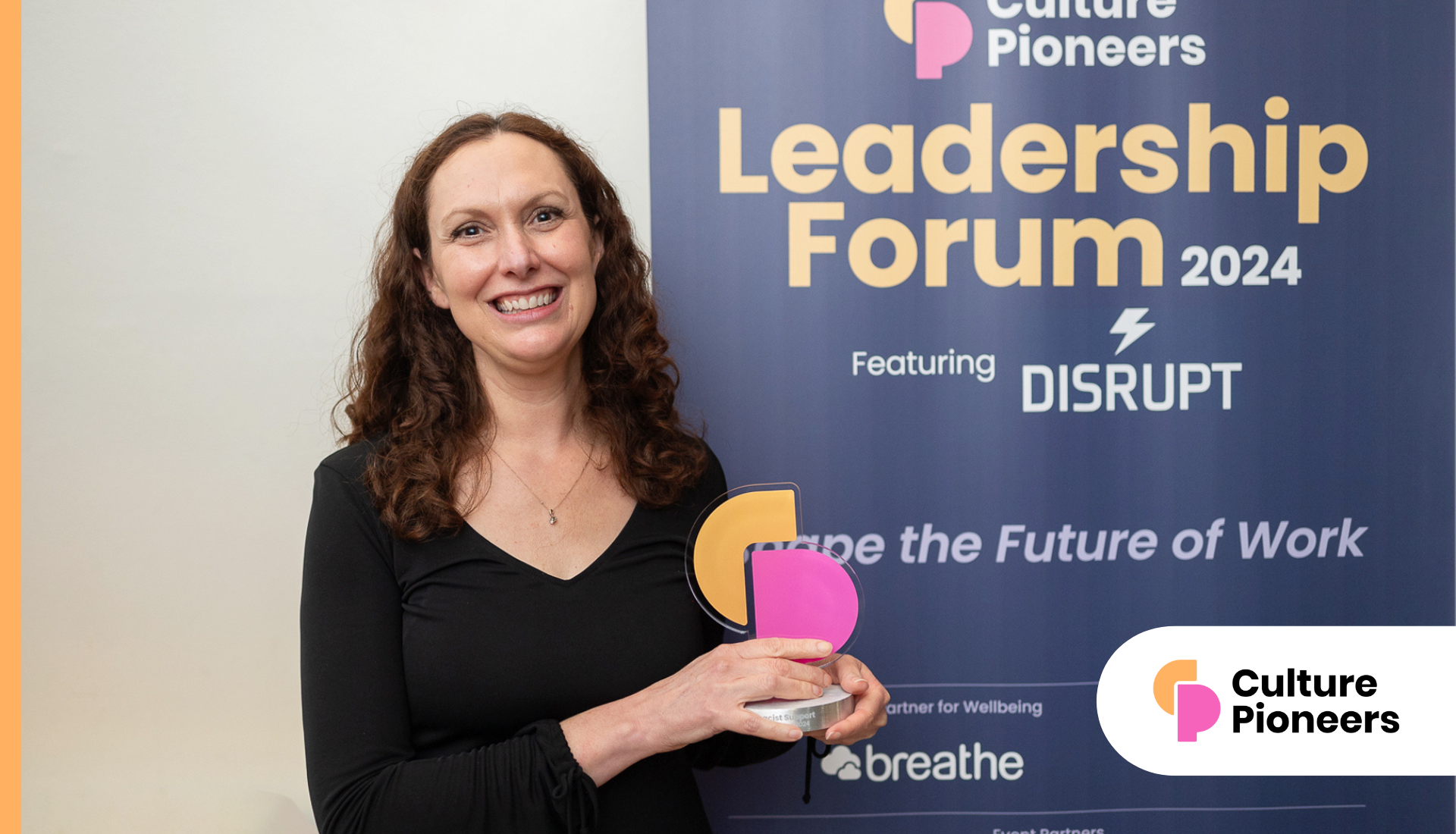These are difficult questions, but by considering them before a pandemic begins, companies can start to formulate plans. Ideally, these should include both high-level policy decisions and specific actions that will be taken as governed by those decisions. Your plan should be able to ‘activate’ certain processes as soon as clear triggers are met. That way precious time won’t be wasted trying to decide what to do.
Accurate, up-to-date medical information is critical to preparation efforts. H5N1, like all flu viruses, constantly mutates, and its march around the globe continues. It’s a hot story, and the 24/7 news media knows this. One of the first and most important things you can do when developing a preparedness plan is to decide where you will get your information and who will be responsible for keeping it current. You may also find it useful to cultivate relationships with local health authorities, so you know what their plan is and their limitations, so you can best manage your operations.
There are a number of other steps that can be taken to protect workers’ health. Encouraging all employees to optimise and maintain their general health is a good starting point. In general, healthy people have a better chance of surviving a serious infection. Also educate your employees about the importance of personal hygiene and proper cleaning methods to reduce the risk of illness in the workplace. Taking steps to preserve their health and prevent illness will empower people and give them a sense of control.
Update your sick, family and medical leave policies, preferably ensuring that employees who are ill will not be penalised for staying home. Use these policies to stress a sense of communal responsibility – that is, that sick employees should make every effort to confine their illness and prevent spreading disease among colleagues. Develop specific procedures for managing an infected person in the workplace – identify quarantine areas, consider transportation issues, devise a notification chain.
Certainly, 9/11 and other recent events have shown that adopting a culture of prevention and enabling response within an organisation can only enhance its ability to better manage a major incident, recover and then return to normal business operations.
Typically, security and crisis management rise to the top of a corporation’s agenda following major incidents. Unfortunately, a reactive response often results in the need for the costly ‘retro-fit’ of measures, rather than a more cost-effective and concurrent approach to risk management. Security and crisis management need to be viewed as business enablers and as a function of business continuity rather than just a cost to the bottom line.
What is the cost to the corporation of doing nothing to adapt and prepare for the contemporary threat environment? It is suggested that in the aftermath of a tragedy, two important questions will be directed at senior management and the board of directors:
- Could the possibility of such an occurrence be foreseen, and where reasonable precautions taken to prevent such an incident from occurring?
- Was the company prepared to respond with proper protective actions for its people?
It is essential for corporations to take precautionary measures and ensure that its employees have been fully prepared to mitigate risk through avoidance and effective response. Similarly there must be governance, policies and procedures in place to assist employees should a threat occur.
These suggestions are not comprehensive, but are all useful starting points in preparing for an influenza pandemic. The most important thing is to start now – it’s certainly not too late. Investing in pandemic preparedness now may help reduce the economic, social, and personal toll that a worldwide disease outbreak can take on your business, and ensure your organisation is able to quickly recover once the pandemic ends.
There is a great Pandemic ‘Wave’ on the horizon – we have all been made aware of it. It is critical we take this threat seriously and prepare, as this is the best we can do to protect our business, personnel, and ourselves.
Dr Myles Druckman is VP Medical Assistance and Richard Culver is senior director security services EMEA and CIS at International SOS









